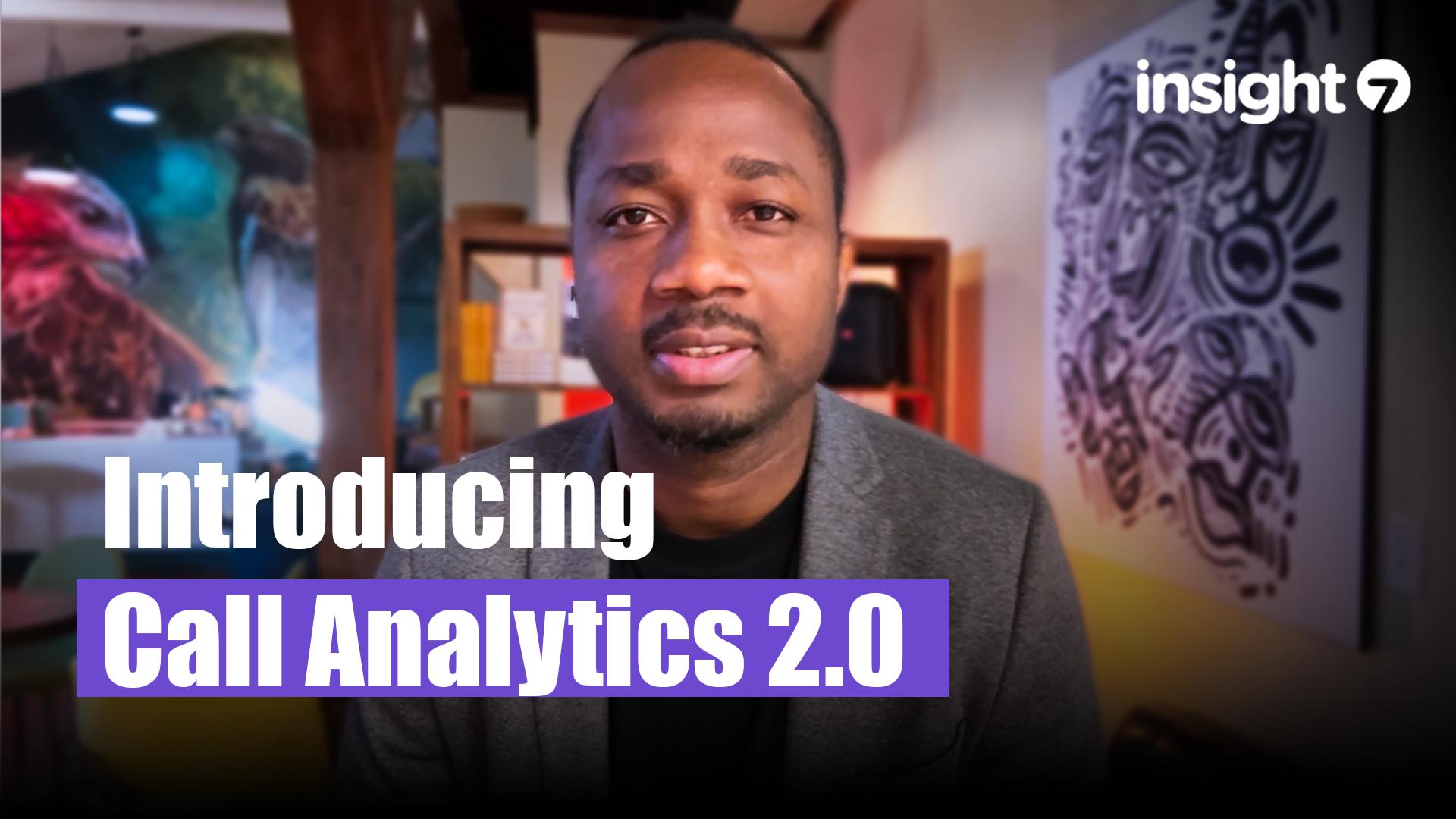Ethnography in Social Research: Uncovering Cultural Patterns
-
Bella Williams
- 10 min read
Cultural insight analysis forms the backbone of ethnographic research, offering a lens through which researchers can decipher complex social patterns. This approach delves deep into the fabric of human behavior, uncovering hidden meanings and shared values within communities. By employing cultural insight analysis, ethnographers gain a nuanced understanding of how people interact, communicate, and construct their social realities.
As societies become increasingly interconnected, the importance of cultural insight analysis in ethnography continues to grow. This methodology enables researchers to navigate the intricate web of cultural norms, beliefs, and practices that shape human experiences. Through careful observation and interpretation, ethnographers can illuminate the subtle nuances that define different cultural groups, fostering greater cross-cultural understanding and empathy.
Understanding Ethnographys Role in Social Research
Ethnography, a cornerstone of social research, offers a unique lens for understanding cultural patterns and human behavior. Through immersive fieldwork and participant observation, ethnographers delve deep into the fabric of societies, uncovering nuanced insights that might otherwise remain hidden. This approach to cultural insight analysis goes beyond surface-level observations, allowing researchers to grasp the intricate dynamics of social interactions, beliefs, and practices.
The power of ethnography lies in its ability to reveal the unspoken rules and norms that govern communities. By living among the people they study, ethnographers gain firsthand experience of daily life, rituals, and social structures. This intimate involvement enables them to interpret behaviors and customs within their proper context, leading to more accurate and meaningful findings. As a result, ethnographic research provides a rich, textured understanding of cultures, making it an invaluable tool for social scientists, policymakers, and organizations seeking to effect positive change in diverse communities.
Defining Ethnography
Ethnography, a cornerstone of cultural insight analysis, is a powerful method for uncovering the intricate patterns that shape human societies. This immersive approach allows researchers to delve deep into the daily lives and experiences of diverse communities, revealing hidden nuances and unspoken rules that govern social interactions.
At its core, ethnography involves prolonged observation and participation in a specific cultural setting. Researchers become active participants, engaging with community members and documenting their observations meticulously. This hands-on approach yields rich, contextual data that goes beyond surface-level understanding, providing a holistic view of cultural dynamics. By immersing themselves in the studied environment, ethnographers gain unique insights into the beliefs, values, and behaviors that define a particular group, offering invaluable contributions to social research and anthropological studies.
The Importance of Cultural Insight Analysis
Cultural insight analysis plays a pivotal role in ethnographic research, offering a deep dive into the intricate tapestry of human behavior and societal norms. By employing this methodology, researchers can uncover hidden patterns and nuances that shape cultural dynamics within communities. This approach goes beyond surface-level observations, allowing for a more comprehensive understanding of social structures and individual motivations.
The power of cultural insight analysis lies in its ability to reveal the underlying factors that influence decision-making processes and social interactions. Through careful observation and interpretation, researchers can identify key cultural markers that might otherwise go unnoticed. This level of detail is crucial for developing effective strategies in various fields, from marketing to public policy, ensuring that initiatives resonate with the target audience on a profound cultural level.
Methods of Conducting Cultural Insight Analysis
Cultural insight analysis employs various methodologies to uncover deep-seated patterns and behaviors within societies. Ethnography stands out as a powerful tool in this realm, allowing researchers to immerse themselves in the daily lives of their subjects. This approach involves participant observation, where researchers live among the community they're studying, participating in their routines and customs.
Another method gaining traction is digital ethnography, which examines online interactions and digital footprints to understand cultural trends. This technique proves particularly useful in our increasingly connected world, offering insights into how people express themselves and interact in virtual spaces. Additionally, researchers often employ in-depth interviews and focus groups to gather qualitative data, providing rich, contextual information about cultural practices and beliefs. These methods, when combined, offer a comprehensive view of cultural dynamics, enabling researchers to paint a nuanced picture of societal norms and values.
Participant Observation
Participant observation is a cornerstone of ethnographic research, allowing researchers to immerse themselves in the daily lives of their subjects. This method involves actively engaging with a community or group, participating in their activities, and observing their behaviors firsthand. By doing so, researchers gain a deeper understanding of cultural patterns and social dynamics that might otherwise remain hidden.
The strength of participant observation lies in its ability to provide rich, contextual data for cultural insight analysis. Researchers can witness subtle interactions, unspoken rules, and implicit social norms that may not be apparent through interviews or surveys alone. This approach enables ethnographers to uncover the nuances of cultural practices, beliefs, and values, offering a more holistic view of the community under study. However, it's crucial for researchers to maintain a delicate balance between involvement and objectivity, ensuring their presence doesn't significantly alter the natural behavior of the group they're observing.
In-depth Interviews
Ethnographic interviews serve as a powerful tool for uncovering cultural patterns and gaining deep insights into social phenomena. These in-depth conversations, often lasting several hours, allow researchers to delve into the rich tapestry of human experiences and perspectives. By engaging participants in open-ended discussions about their lives, work, and communities, ethnographers can uncover hidden meanings and cultural nuances that might otherwise remain obscured.
The art of conducting effective ethnographic interviews lies in creating a comfortable, trusting environment where participants feel free to share their thoughts and experiences. Skilled interviewers employ active listening techniques, asking probing questions to explore underlying beliefs and values. This approach enables researchers to gather not just surface-level information, but also to understand the complex web of cultural influences shaping individuals' worldviews. Through careful analysis of these conversations, researchers can identify recurring themes and patterns, leading to valuable cultural insight analysis that informs broader social research and policy-making efforts.
Uncovering Cultural Patterns through Fieldwork
Ethnographic fieldwork serves as a powerful tool for uncovering cultural patterns within diverse communities. Researchers immerse themselves in the daily lives of their subjects, observing behaviors, interactions, and rituals to gain deep insights into social structures and cultural norms. This hands-on approach allows ethnographers to capture nuanced details that might be missed through traditional survey methods or interviews alone.
The process of cultural insight analysis involves more than mere observation; it requires careful interpretation and contextualization of collected data. Ethnographers must navigate complex social dynamics, building trust with community members to access authentic experiences and perspectives. Through prolonged engagement, researchers can identify recurring themes, unspoken rules, and subtle variations in cultural practices. This rich, qualitative data forms the foundation for understanding how societies function and evolve, providing valuable insights for policymakers, social scientists, and organizations seeking to engage with diverse populations effectively.
Analyzing Cultural Behaviors
Cultural insight analysis plays a crucial role in ethnographic research, allowing researchers to uncover hidden patterns and behaviors within diverse communities. By immersing themselves in the daily lives of their subjects, ethnographers gain a deep understanding of cultural nuances that might otherwise go unnoticed. This approach involves careful observation, active participation, and meticulous documentation of social interactions, rituals, and customs.
One of the key strengths of cultural insight analysis lies in its ability to reveal the underlying motivations and beliefs that shape human behavior. Through prolonged engagement with a community, researchers can identify recurring themes and patterns that provide valuable insights into social structures, power dynamics, and cultural norms. These findings often challenge preconceived notions and offer fresh perspectives on complex social issues, making ethnography an invaluable tool for policymakers, social scientists, and organizations seeking to better understand and serve diverse populations.
Interpreting Cultural Narratives
Ethnographers delve deep into the intricate tapestry of human experiences, uncovering cultural patterns through meticulous observation and analysis. By immersing themselves in diverse communities, researchers gain invaluable insights into the nuanced ways people interact, communicate, and construct meaning in their daily lives. This process of cultural insight analysis goes beyond surface-level observations, revealing the underlying beliefs, values, and social structures that shape collective behaviors.
The art of interpreting cultural narratives requires a keen eye for detail and a holistic understanding of context. Ethnographers must navigate complex social dynamics, decoding subtle cues and unspoken rules that govern interactions within a given group. Through careful documentation and reflection, researchers piece together a comprehensive picture of cultural practices, rituals, and traditions. This rich tapestry of information not only illuminates the unique characteristics of specific communities but also sheds light on broader societal trends and universal human experiences.
Conclusion: The Impact of Ethnographic Cultural Insight Analysis
Cultural Insight Analysis has revolutionized the field of ethnography, offering researchers powerful tools to uncover deep-seated cultural patterns. By leveraging advanced technologies, ethnographers can now process vast amounts of qualitative data with unprecedented speed and accuracy. This shift has not only accelerated the research process but also enhanced the depth and reliability of insights gleaned from diverse cultural contexts.
The impact of these analytical advancements extends far beyond academia. Businesses, policymakers, and social organizations now have access to nuanced cultural understanding, enabling them to make more informed decisions. As we look to the future, the continued refinement of Cultural Insight Analysis promises to bridge gaps in cross-cultural communication and foster a more empathetic global society.







